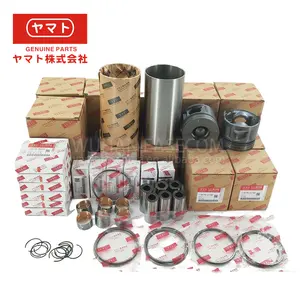Popular in your industry



























































































































































































































Top categories
About bending
Bending is a widely used method in the industrial sector for shaping various materials, especially metals and alloys, to suit specific requirements. The bending process involves deforming the material using external force, often through the use of machinery like a metal bender or pipe bender. This method allows manufacturers to create curved or angled components essential in diverse applications, from constructing pipelines and manufacturing automotive parts to fabricating furniture and designing architectural elements. The types of bending are categorized based on the complexity of the shape, material properties, and the method employed, such as press bending, rotary draw bending, and stretch bending.
Advantages of bending
The bending process offers several advantages. It enables the creation of complex forms and structures that would be challenging or impossible to achieve by other means. Additionally, bending results in a smooth finish, reducing the need for extensive post-processing. This method also enhances the structural integrity of the material by maintaining its continuous grain flow, making it particularly advantageous for creating load-bearing components. Bending is a cost-effective solution that minimizes material waste as it often requires fewer components to create a specific shape. This process is also versatile, as it can be applied to a wide range of materials, including metals, plastics, and composites, making it a valuable technique in various industries.
Applications of bending
Bending plays a crucial role in several industries, including construction, automotive, aerospace, and manufacturing. In the construction industry, bending brake is invaluable for creating curved structural components like beams and trusses, adding architectural interest to buildings, and forming pipelines for plumbing and HVAC systems. In the automotive sector, tube bending is utilized to fabricate exhaust systems, roll cages, and various chassis components, contributing to the overall performance and safety of vehicles. Aerospace engineering relies on bending to shape aircraft components, such as fuselage sections and engine ducts, ensuring aerodynamic efficiency and structural integrity. Furthermore, the manufacturing sector utilizes bending to produce a wide range of consumer goods, from furniture and home appliances to medical devices and industrial machinery.
Maintenance of bending machines
Maintenance is crucial to ensure the longevity and optimal performance of bending equipment. Regular inspections should be conducted to check for signs of wear, damage, or misalignment in components such as the tube bender, dies, and hydraulic systems. It is important to follow the manufacturer's guidelines for lubrication to prevent friction and ensure smooth operation. Operators should be trained to use the pipe bender properly and adhere to safety protocols to avoid premature wear on the machinery. Additionally, preventive maintenance schedules should be established, including tasks such as cleaning, calibration, and the replacement of worn parts. By prioritizing maintenance, businesses can minimize downtime, extend the lifespan of their bending machines, and consistently deliver high-quality products.




























